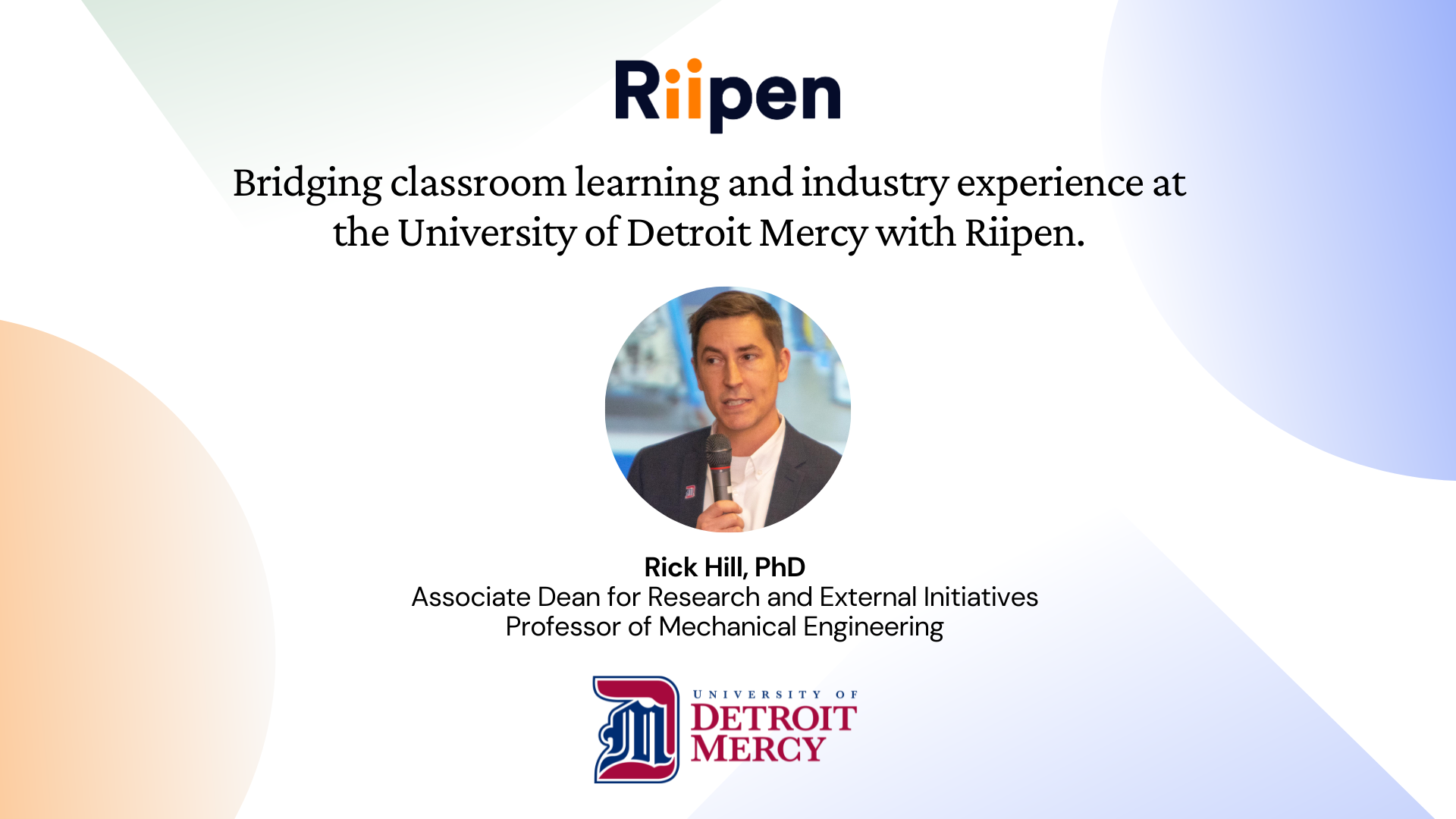Digital badges for career-ready skills

Special thanks to Don Presant at CanCred who provided guidance on badge design and implementation, and made the CanCred platform available to Riipen for this pilot.
In Fall 2019, Riipen partnered with two continuing education institutions on a pilot initiative to offer digital badges to students. In collaboration with the McMaster Centre for Continuing Education and York University’s School of Continuing Studies, we developed badges to issue to students based on skills they developed and demonstrated through experiential learning projects.
What is an open digital badge?
An open digital badge is an online credential that recognizes a specific skill or achievement by an individual. A digital badge issuer may be a company, school, association, or another body that can validate that the recipient has achieved the skill or experience in question. The Open Badging Framework is a standard that allows users to display their badges on virtually any platform, rather than tying them to a specific site. Badges are part of the “micro-credentialing” family as they recognize skills at a more granular level than typical credentials. They are digital artifacts that link to detailed criteria and, in some cases, evidence like a work sample.
The pilot

York University kicked off the badging trial in September of 2019 in a Business Communications course, with a set of five badges. Four badges were created for individual skills: written communication, presentation design, teamwork, and oral communication. Students who received all four were eligible for the “master” badge in professional communication. These skills were picked out as being some of the most relevant for future career success, and as highly transferable from academic coursework to the workplace. Students were assessed on their performance of these skills by their instructor.

McMaster University incorporated a single digital badge for “Virtual Collaboration” into two sections of a Talent Acquisition course for its Human Resources program. In this online course, students worked in teams on talent acquisition projects for Freedom 55 Financial and the Canadian Council for Rehabilitation and Work. Virtual Collaboration is highly relevant to the workplace of today, where coworkers are often located in different places while working on the same team. Possessing this skill is likely to be an indicator of future success in the workplace. Students were assessed by their peers and their instructors to determine if they were eligible for this badge.
The outcome
109 students across both institutions were awarded badges through this pilot. Afterward, we sent out a short survey to all the students who received the badges to get their perspective on the experience. These were the findings from the survey:
- 32% of students responded.
- 69% of students were not previously familiar with digital badges
- 94% of students had not previously received a digital badge
- 69% of students planned to display their badge on their LinkedIn profiles
- 80% of students said they would list the badge on a resume or job application
- 91% of students thought the badge would have ‘some impact’, ‘a moderate impact’ or ‘a significant impact’ on their career
- 34% thought the badge would have a moderate impact on their career; 26% thought the impact would be significant
- 86% of students said they would pursue another digital badge
What’s next?
For Riipen, this is strong evidence that students value digital badging. We will continue to offer support to any academic partner who wants to award digital badges based on Riipen activities. In 2020, we’ll be doing discovery with employers to understand how they perceive digital badges and will be evaluating the possibility of awarding Riipen-branded badges for key skills that lead to success on industry projects.McMaster has used this pilot to confirm the interest and perception of digital badges and fully expects to develop further badges as part of a more comprehensive digital badging framework.
Written by: Emily Masching








.png)


.png)


















.png)







